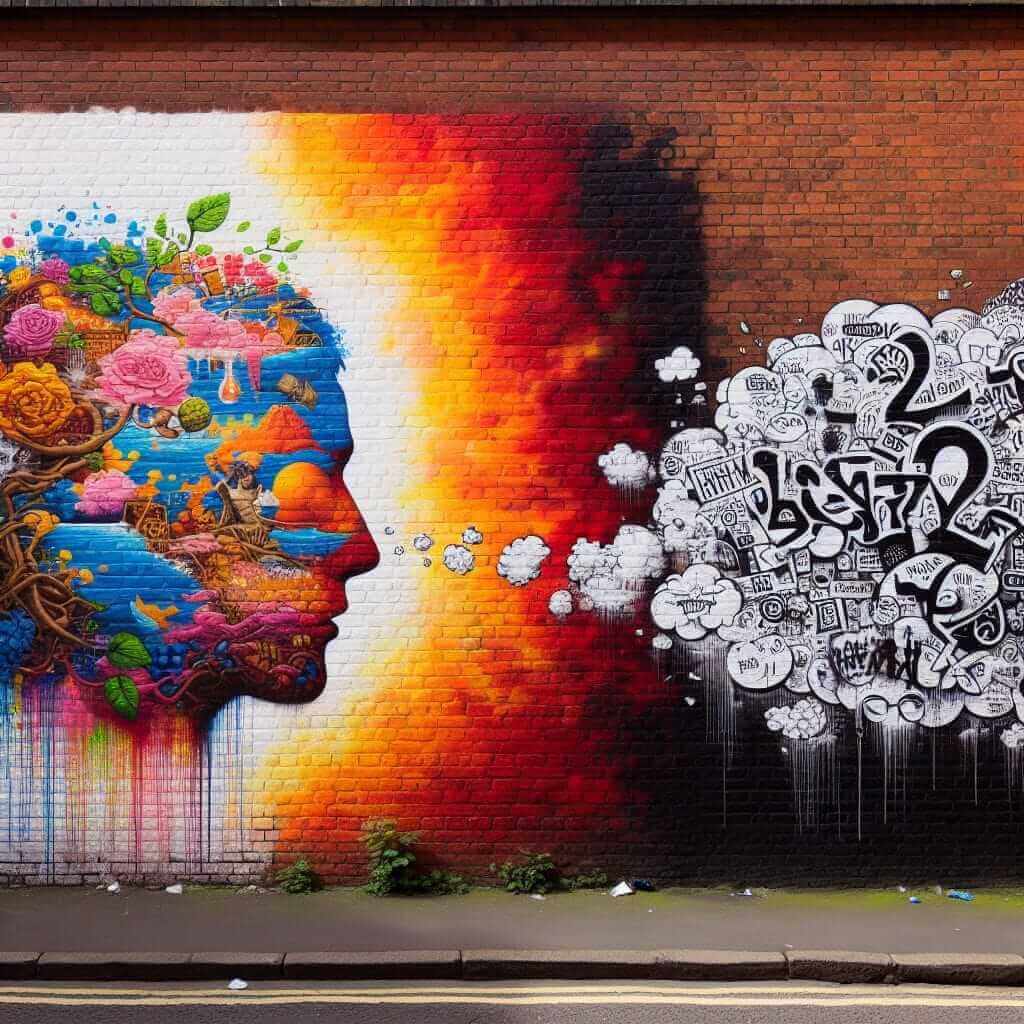As an IELTS instructor with over 20 years of experience, I’ve noticed a recurring theme in the IELTS Reading section: art. Whether it’s about famous paintings, architectural marvels, or even the philosophy of aesthetics, art-related passages can be both fascinating and challenging for test-takers. This is particularly true for the question “Can we call it art?”, which delves into the subjective nature of defining art.
Understanding the “Can We Call it Art?” Theme in IELTS Reading
The IELTS exam aims to assess your English proficiency, and a crucial part of that is understanding complex ideas and arguments. When a passage asks, “Can we call it art?”, it’s not asking for a simple yes or no. It’s inviting you to explore different perspectives on what constitutes art.
These passages often present contrasting viewpoints:
- Traditional definitions of art: Focusing on skill, technique, aesthetic beauty, and emotional evocation.
- Modern and contemporary art: Challenging traditional norms, often focusing on concepts, ideas, social commentary, or even the use of unconventional materials.
You’ll need to analyze each perspective, identify the supporting arguments, and understand the nuances of the debate.
Navigating Art-Related IELTS Reading Passages
Here are some strategies to help you effectively tackle these passages:
- Build your art vocabulary: Familiarize yourself with terms like “aesthetic,” “composition,” “medium,” “genre,” “abstract,” “realism,” “installation,” and “performance art.”
- Practice active reading: Don’t just skim the passage. Highlight key arguments, make notes in the margins, and try to summarize each paragraph in your own words.
- Pay attention to the author’s tone: Is the author neutral, supportive, or critical of a particular perspective? Understanding the author’s stance is key to answering inference-based questions.

Example from an IELTS Reading Passage
Let’s consider a hypothetical passage titled “Graffiti: Vandalism or Art?” It might:
- Present arguments for graffiti as art: Highlighting its creativity, social commentary, and unique aesthetic qualities.
- Present arguments against graffiti as art: Focusing on its illegality, potential for property damage, and subjective nature.
- Offer a balanced conclusion: Acknowledging the complexities of the debate and leaving the reader to form their own opinion.
Tips for Success:
- Practice with real IELTS passages: Use authentic materials from reputable sources to familiarize yourself with the format and difficulty level.
- Focus on understanding the main ideas: Don’t get bogged down by every single detail. Identify the key arguments and supporting evidence.
- Manage your time effectively: Allocate your time wisely for each passage and question.
- Review your answers carefully: If time allows, double-check your answers for accuracy and clarity.
Conclusion
Art-related IELTS Reading passages, particularly those exploring the question “Can we call it art?”, require a nuanced understanding of different perspectives and arguments. By building your vocabulary, practicing active reading, and understanding the complexities of the art world, you can confidently approach these passages and achieve your desired IELTS score. Good luck!